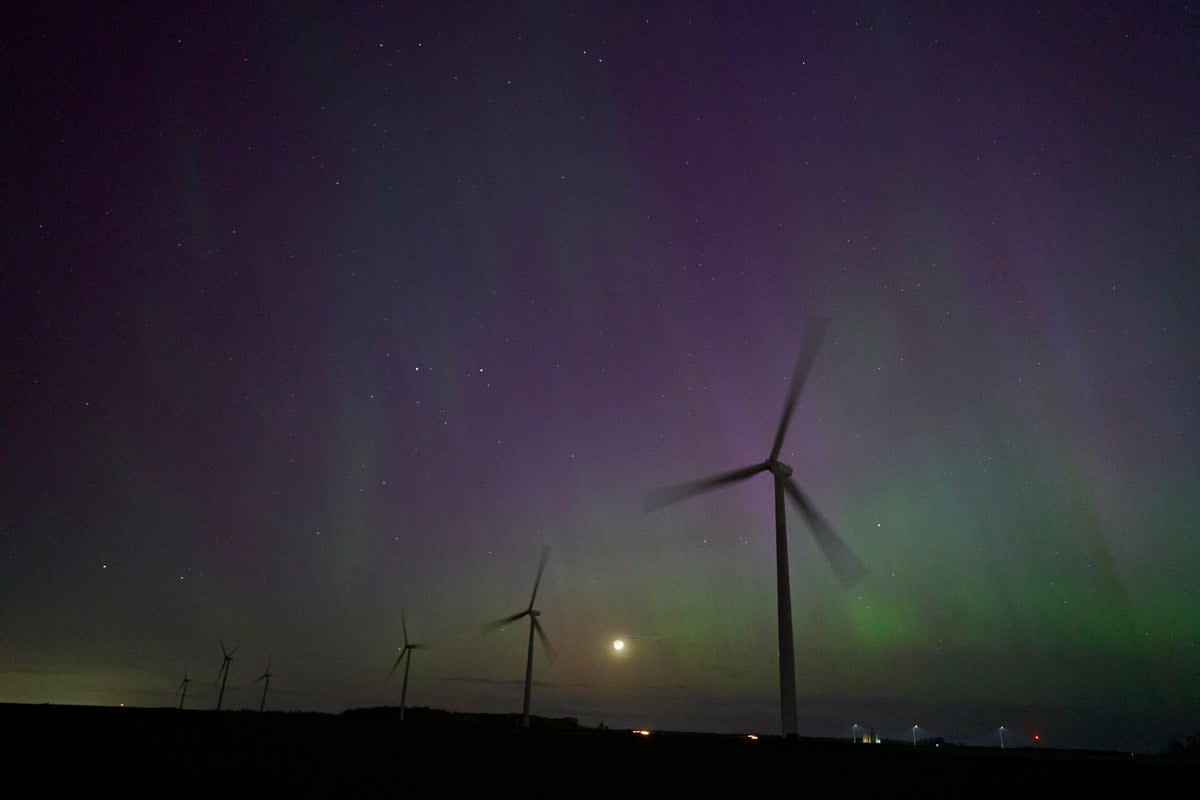Recent Northern Lights display may have been strongest in 500 years

This month’s dazzling Northern Lights show in the skies across North America and Europe may have been the strongest in centuries, Nasa has said.
“With reports of auroras visible to as low as 26 degrees magnetic latitude, this recent storm may compete with some of the lowest latitude aurora sightings on record over the past five centuries,” the American space agency said in a blog post, adding that “scientists are still assessing this ranking”.
The auroral displays, ranging from green to pink and scarlet, are caused by charged particles from the sun interacting with gases in the Earth’s atmosphere.
The most spectacular auroras appear when the sun releases large clouds of particles called coronal mass ejections, or CMEs.
“Aurora visibility is not the perfect measure, but it allows us to compare over centuries,” Delores Knipp, a research professor at the University of Colorado Boulder, said.
I have never seen the #Aurora like that from the UK before. A truly stunning and historical event. These #NorthernLights images were taken tonight from Southern Oxfordshire UK!!! pic.twitter.com/S1etLbkSit
— VirtualAstro (@VirtualAstro) May 10, 2024
Auroras are usually seen only at high latitudes such as in Canada, Scandinavia and sometimes northern UK. But a powerful geomagnetic storm unleashed by the sun caused the dazzling lights to appear further south towards the equator on 10 May, as far down as Ladakh in South Asia.
It was the strongest solar storm to hit the planet since 2003.
Nasa catalogued over 80 “notable” solar flares unleashed from two active regions on the sun between 3 and 9 May.
Some of these flares led to stunning auroras, induced temporary blackouts, disrupted satellites, and caused flights to be rerouted in the northern hemisphere.
Qatar and Emirates flights to the US west coast taking a more southerly route today, likely due to the strong geomagnetic storms. These flights usually take a transpolar route. pic.twitter.com/GOlB6WVquU
— Flightradar24 (@flightradar24) May 11, 2024
Some of the storms were so intense that they could be detected from under the ocean.
Thanks to the unusually strong solar storm, #Ladakh witnesses a rare auroral arc as captured by Hanle Dark Sky Reserve
Here is the PTI story done by my colleague quoting @StanzinNorla @dorje1974 & @ydnad0#Aurora #Solarstorm2024https://t.co/fpMFTyQZQX
(Image via Stanzin Norla) pic.twitter.com/AeMjJRM6x9— Nivedita Khandekar (@nivedita_Him) May 11, 2024
“The CMEs all arrived largely at once, and the conditions were just right to create a really historic storm,” Nasa physicist Elizabeth MacDonald said.
The main region on the sun responsible for the recent stormy space weather is now turning away from the Earth, but data captured so far from this month’s solar events could help astronomers for years, Nasa said.
“We’ll be studying this event for years. It will help us test the limits of our models and understanding of solar storms,” Teresa Nieves-Chinchilla, acting director of Nasa’s Moon to Mars Space Weather Analysis Office said.

 Yahoo News
Yahoo News 
